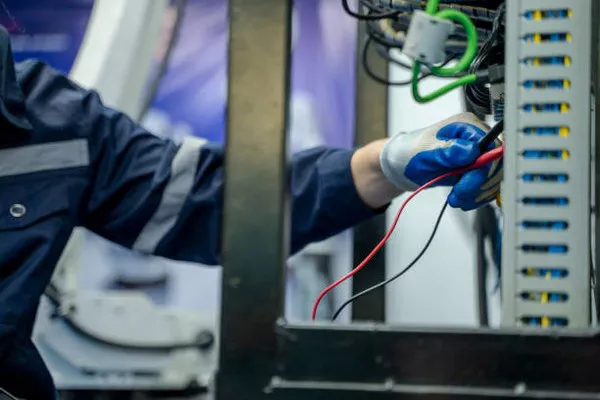Transformers play a critical role in the efficient transmission and distribution of electrical power. They facilitate the conversion of electrical energy at different voltage levels, enabling safe and reliable electricity supply to consumers. Among the various types of transformers, two fundamental categories stand out: power transformers and distribution transformers. In this comprehensive guide, we delve into the definitions, purposes, specifications, applications, and key differences between these two essential components of electrical infrastructure.
Power Transformers
Definition and Purpose
Power transformers are indispensable components in generating stations and substations. Their primary function is to step up or step down voltage levels as required for efficient transmission of electrical power over long distances. These high-capacity devices are designed to handle large power loads with maximum efficiency.
Specifications
Power transformers typically boast high MVA (Mega Volt-Ampere) ratings, commonly exceeding 200 MVA. They are engineered to operate at high voltage levels, often at 400+ kV, 200 kV, 110 kV, 66 kV, or 33 kV, depending on the specific requirements of the transmission system.
Applications
Voltage Step-Up: Power transformers are primarily utilized to convert the relatively low voltage generated at power plants to higher voltage levels suitable for long-distance transmission. This step-up process helps minimize energy losses during transmission.
Line Loss Reduction: By transmitting electricity at high voltages and low currents, power transformers contribute to minimizing resistive losses along transmission lines. This approach enhances the overall efficiency of the power grid.
Generating and Substation Operations: Power transformers facilitate the interconnection of different voltage levels within generating stations and substations. They play a crucial role in stepping up voltage levels for transmission and stepping down voltages for distribution to end-users.
Distribution Transformers
Definition and Purpose
Distribution transformers are strategically placed at various points along the distribution network, typically mounted on utility poles or installed in substations close to consumer load points. Unlike power transformers, their primary function is to step down high voltage to safer levels suitable for utilization by residential, commercial, and industrial consumers.
Specifications
In contrast to power transformers, distribution transformers are characterized by relatively lower MVA ratings, usually below 200 MVA. Their voltage ratings are tailored to meet the specific requirements of local distribution networks and consumer loads.
Applications
Local Distribution: Distribution transformers form the backbone of local distribution networks, delivering electricity directly to homes, businesses, and other end-users within neighborhoods and communities.
Safety and Voltage Regulation: One of the critical roles of distribution transformers is to ensure that the voltage supplied to consumers remains within safe limits. By stepping down high voltage from the transmission lines to levels suitable for domestic and commercial use, these transformers help prevent electrical hazards and equipment damage.
Operational Efficiency: Distribution transformers are designed to operate efficiently at or near full load most of the time, catering to the varying demands of consumers within their respective distribution areas.
Key Differences
Function: Power transformers are primarily responsible for transmitting electricity over long distances, whereas distribution transformers handle the distribution of electricity within local areas, closer to end-users.
Voltage Levels: Power transformers operate at high voltage levels suited for long-distance transmission, while distribution transformers work at lower voltage levels optimized for local distribution and consumer utilization.
Load Handling: Power transformers are designed to operate at full load capacity efficiently, whereas distribution transformers must adapt to varying loads based on consumer demand within their distribution areas.
MVA Rating: Power transformers typically have higher MVA ratings compared to distribution transformers, reflecting their capacity to handle larger power loads associated with long-distance transmission.
In conclusion
Power transformers and distribution transformers are integral components of the electrical grid, each serving distinct yet complementary functions in ensuring the efficient transmission and distribution of electrical power. Understanding their specifications, applications, and differences is essential for designing, operating, and maintaining a reliable and resilient electrical infrastructure to meet the evolving needs of society.

